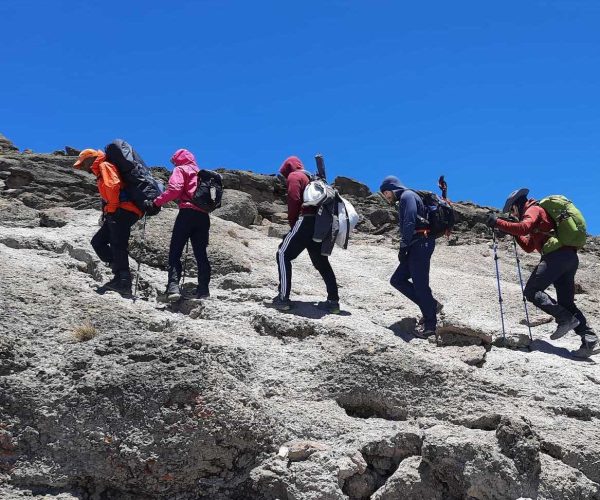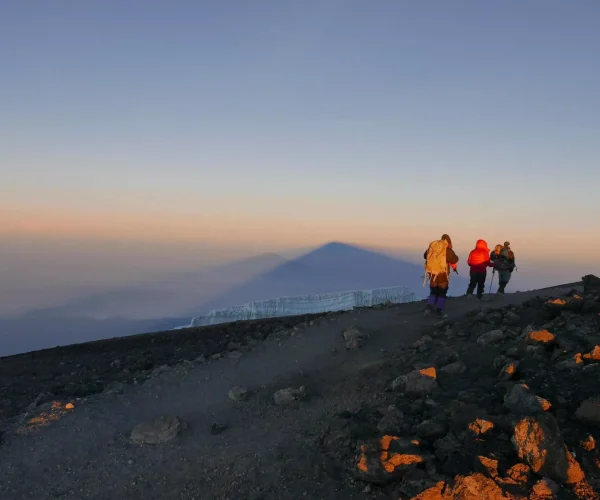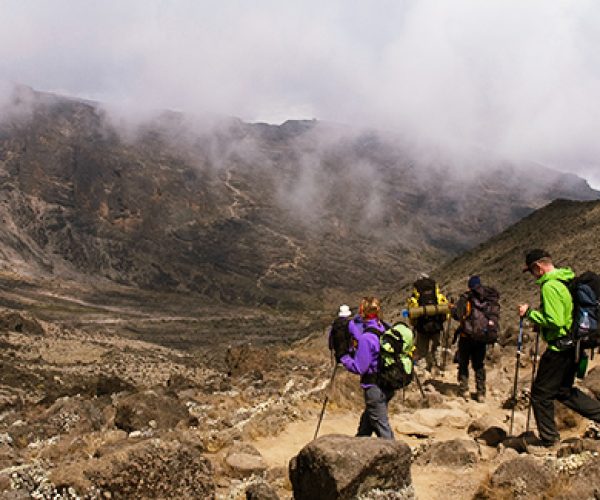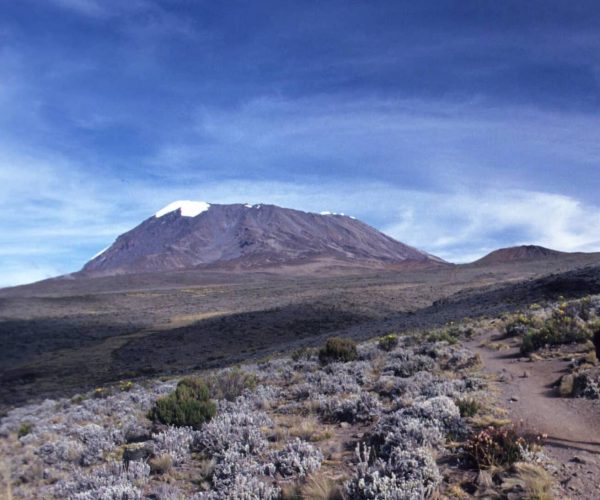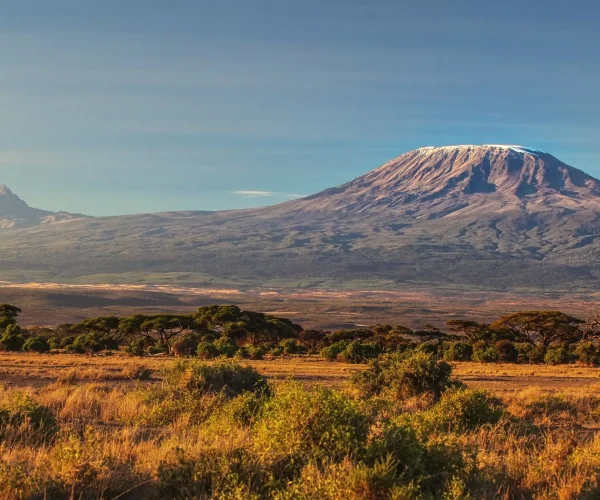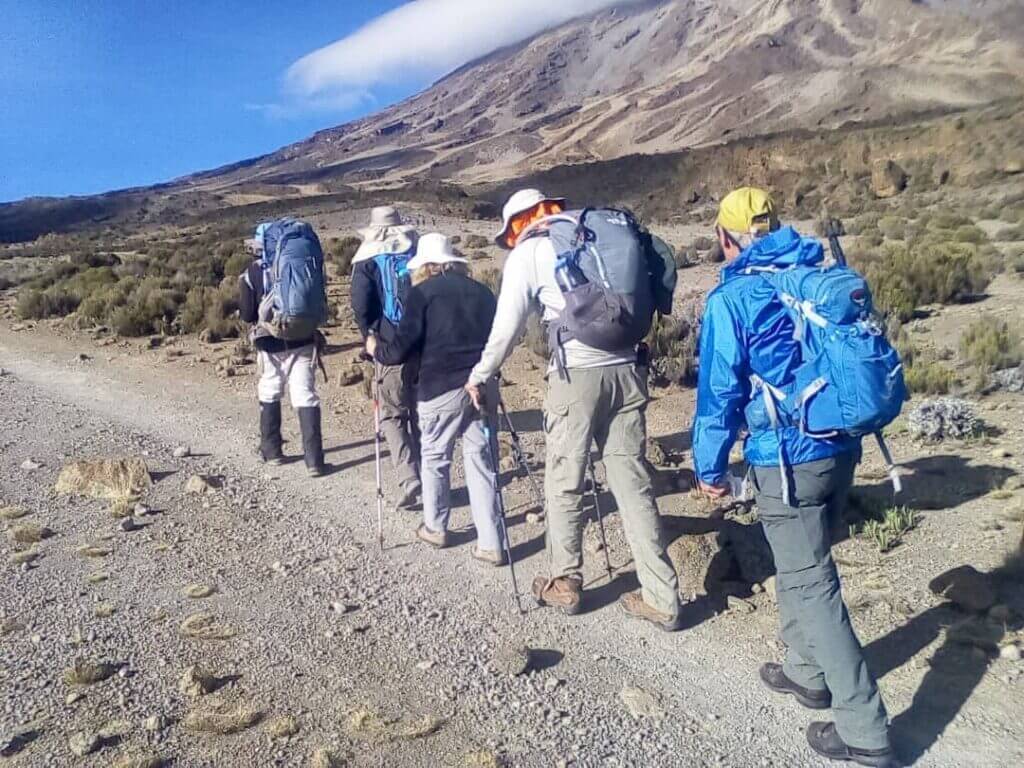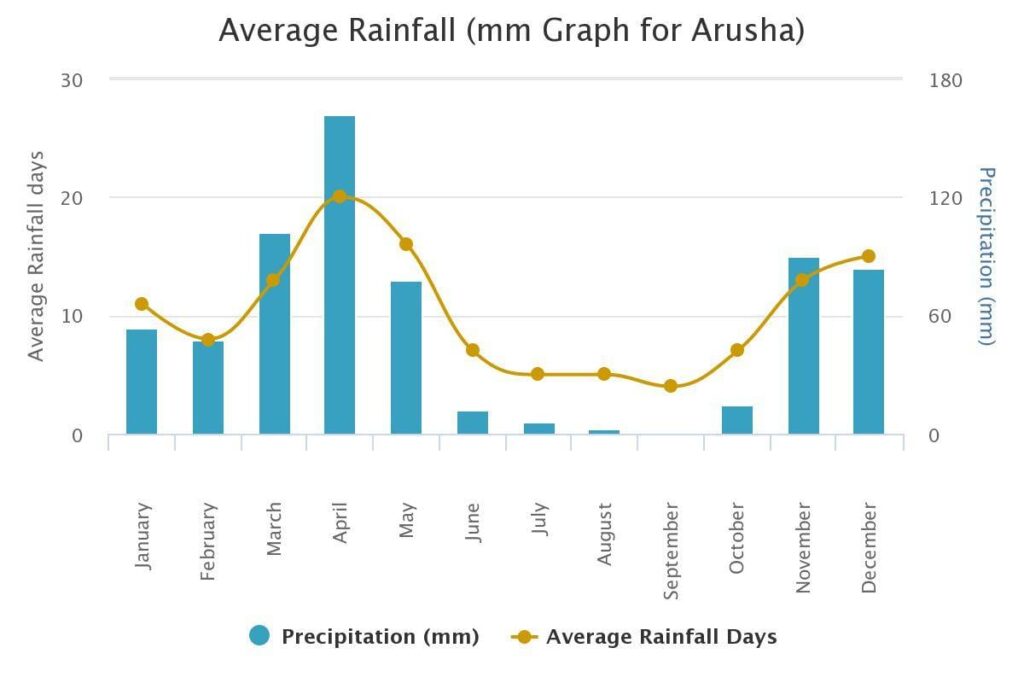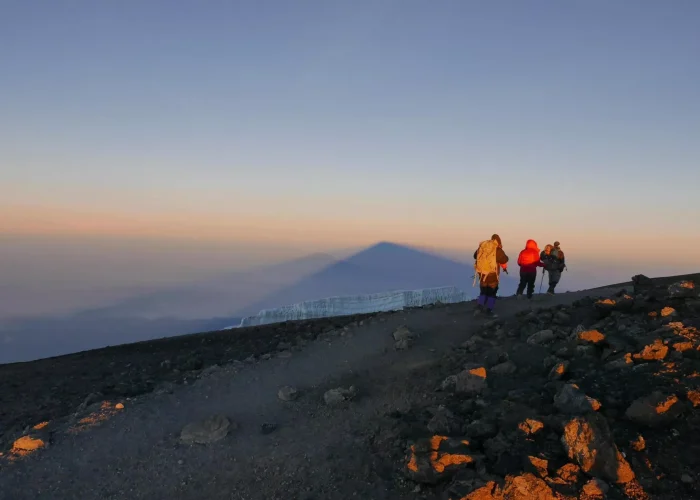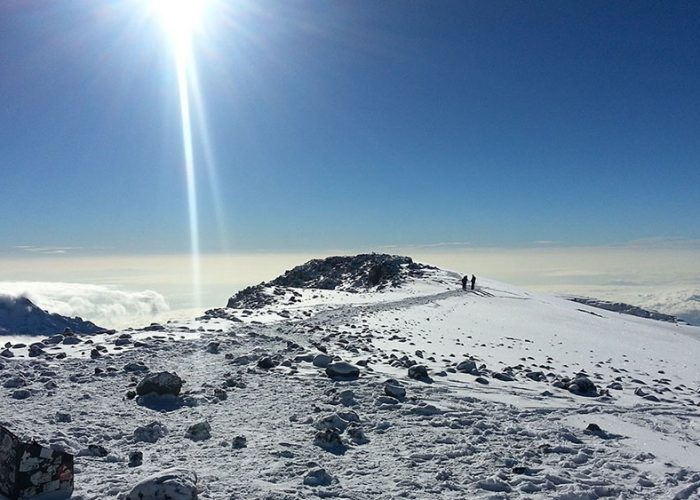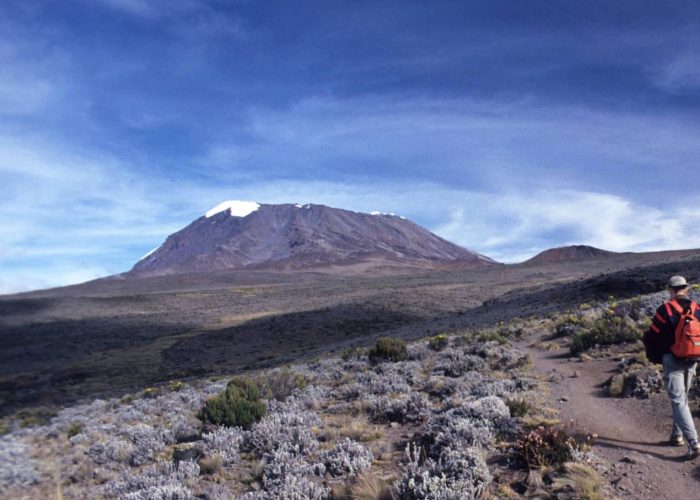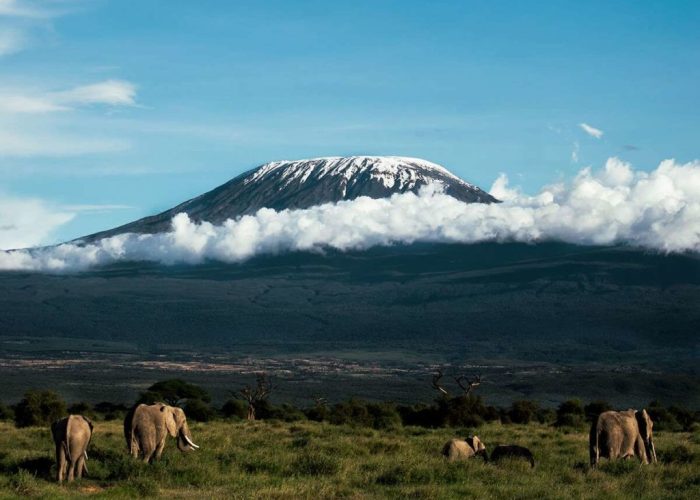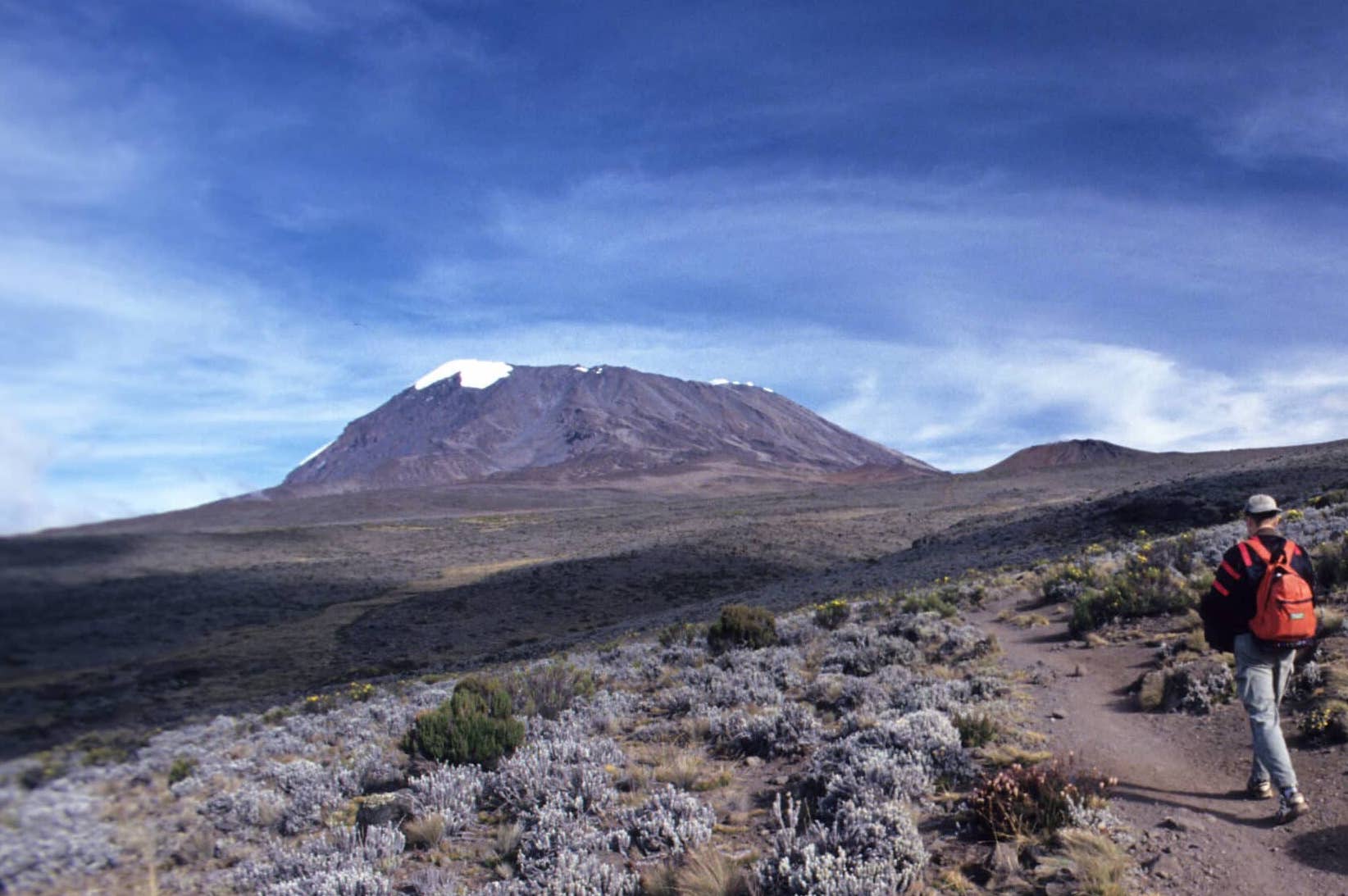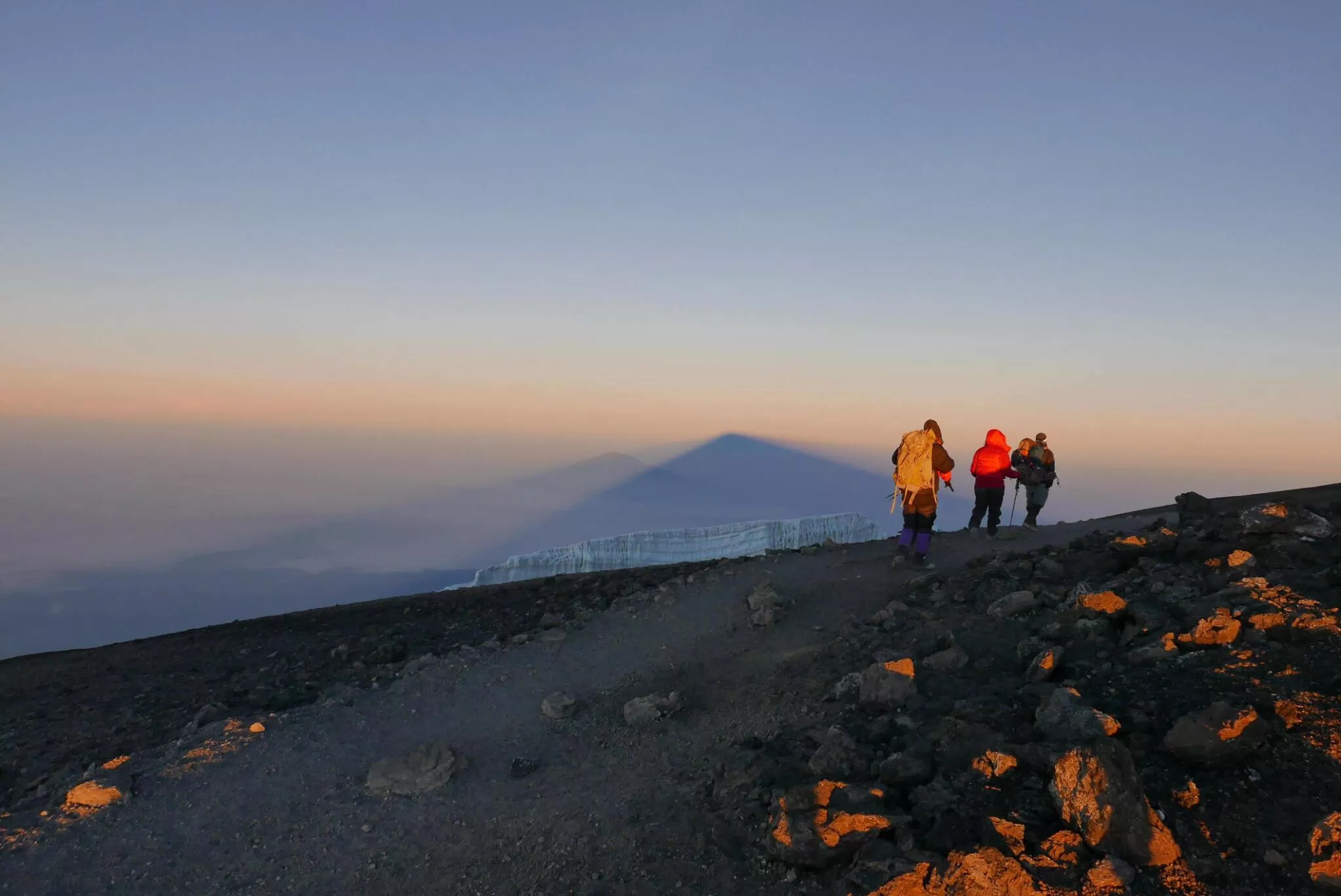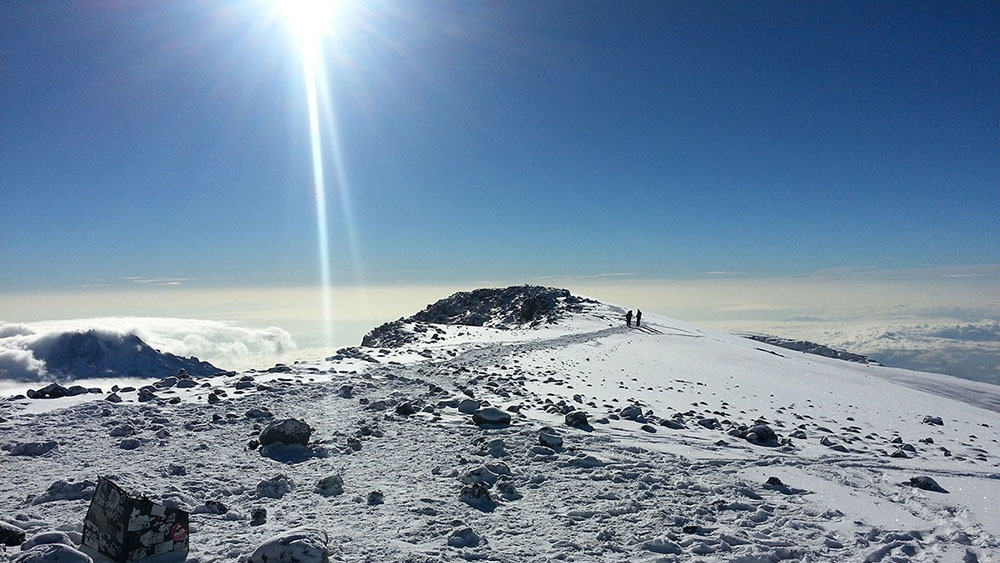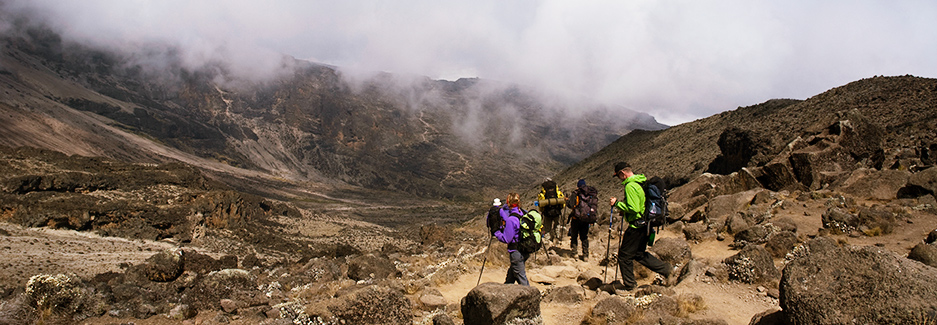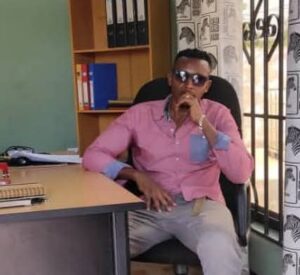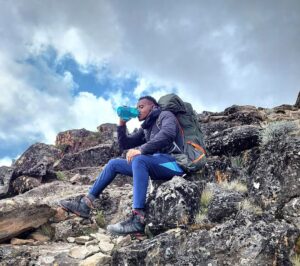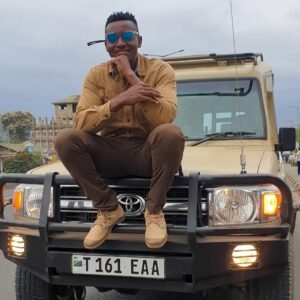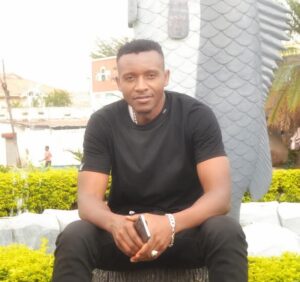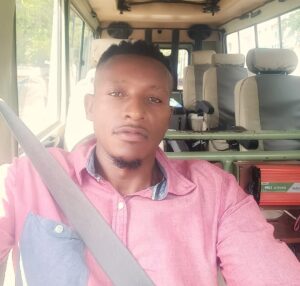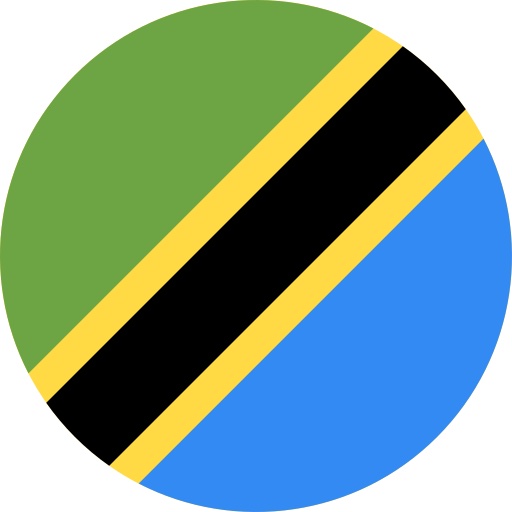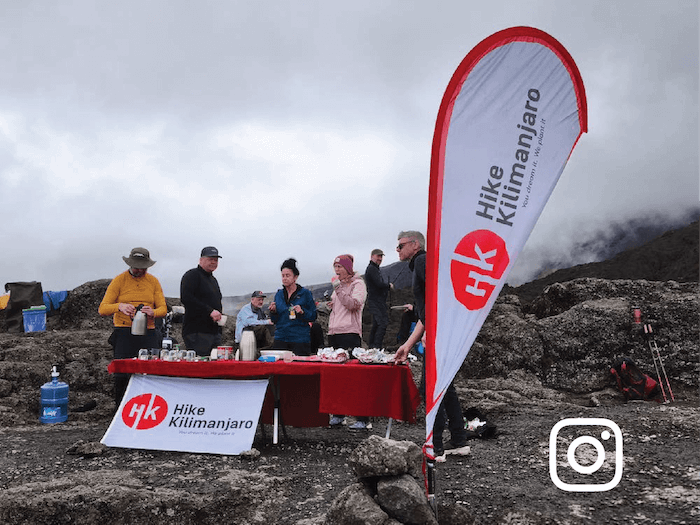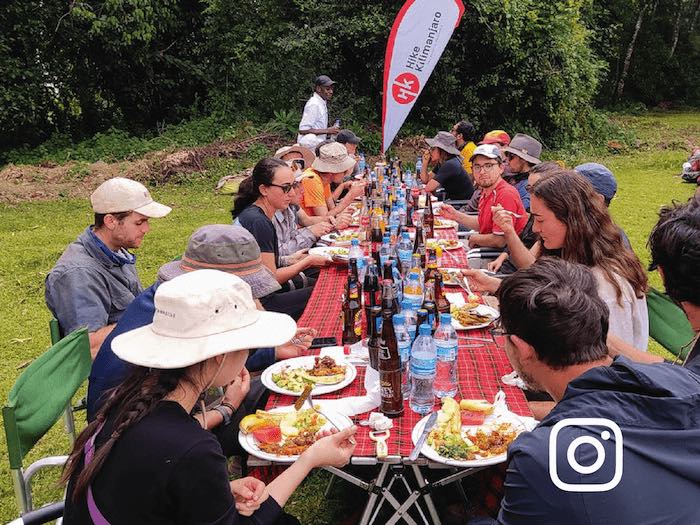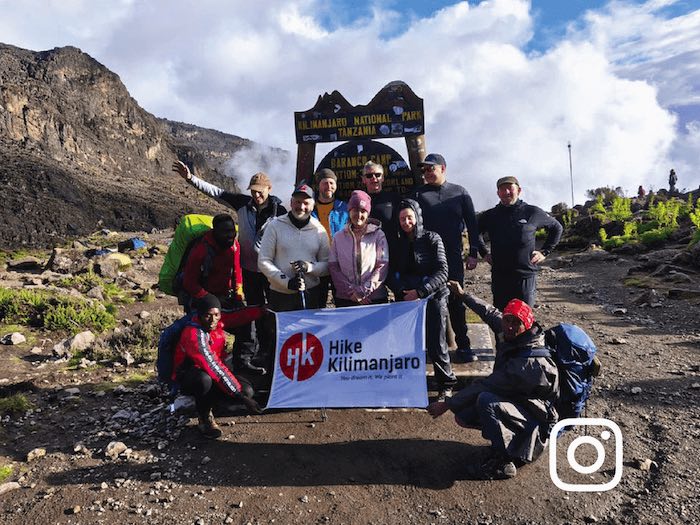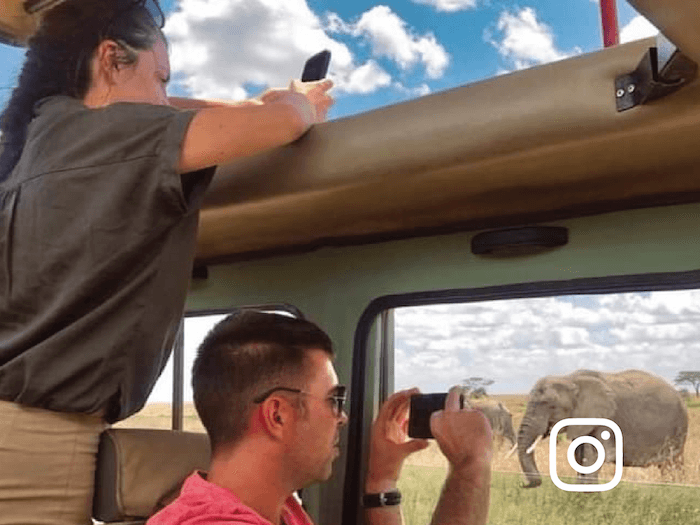Absolutely! Hiking Mount Meru before tackling Mount Kilimanjaro via the Lemosho Route is not only possible—it’s actually a fantastic idea.
Mount Meru, standing at 4,566 meters (14,980 feet), is a stunning yet often-overlooked climb within Arusha National Park. It offers a challenging but rewarding trek through lush forests, wildlife-filled terrain, and a dramatic crater ridge. Climbing Meru first serves as excellent high-altitude acclimatization, significantly improving your chances of successfully summiting Kilimanjaro.
Following up with the Lemosho Route on Kilimanjaro is ideal. Known for its breathtaking scenery, rich biodiversity, and a longer, more gradual ascent, this route allows for better acclimatization and offers a higher success rate. Combining both mountains creates a truly unforgettable two-summit adventure, blending the raw beauty of Meru with the majestic allure of Africa’s tallest peak.
In short: Yes, you can—and it’s one of the best ways to take on Kilimanjaro with Hike Kilimanjaro.
